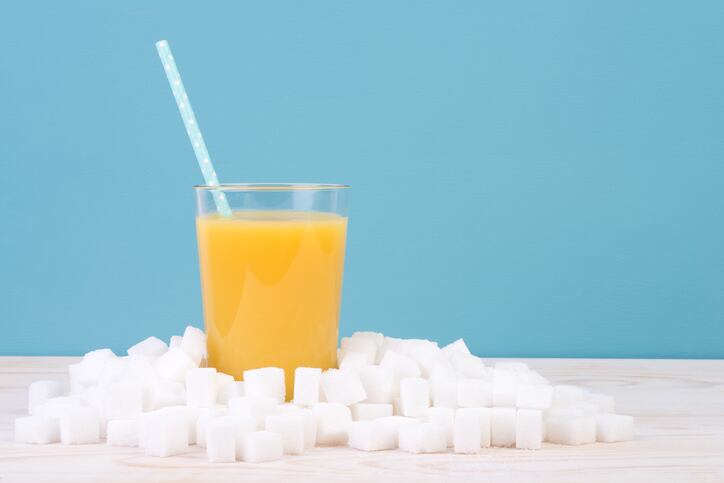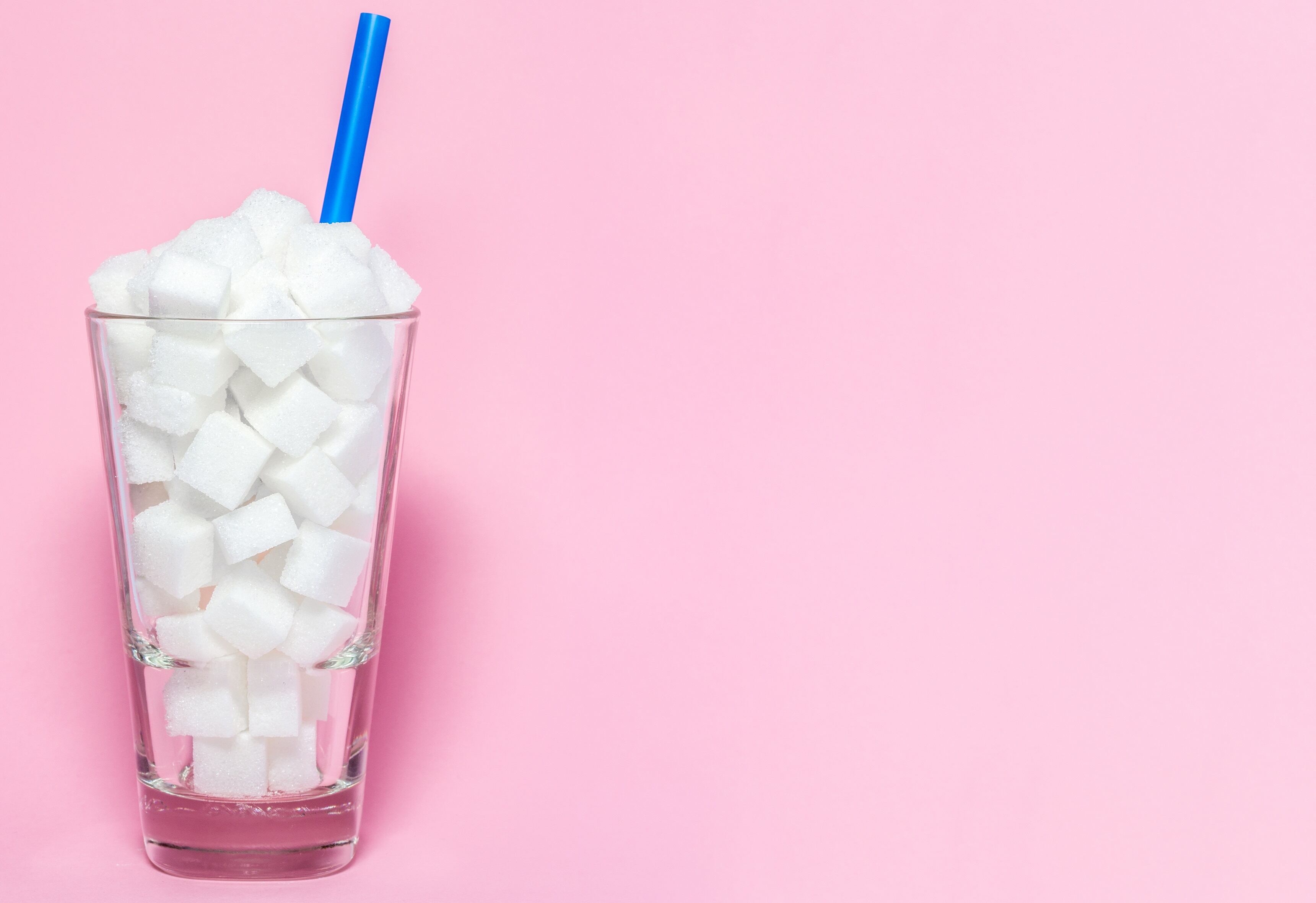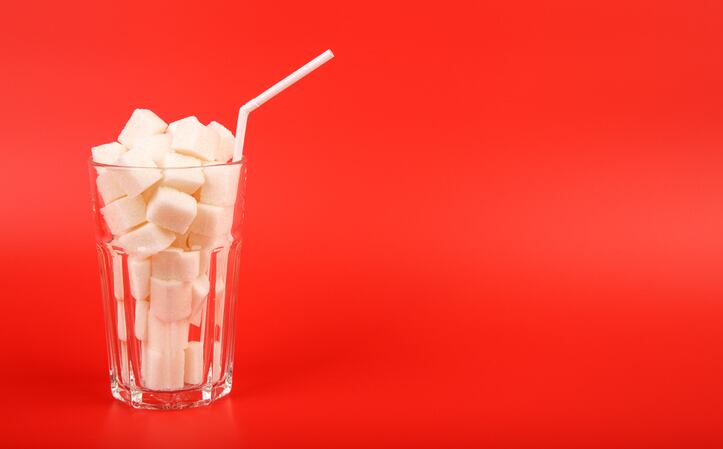The researchers looked at the intake of sugar-sweetened drinks, fruit juice, milk, coffee, and tea, analyzing data from over 1,100 surveys from the Global Dietary Database project that, together, represent 6.78 billion people from around the world.
Out of the 183 countries studied, the researchers found that Mexicans drink more sugar-sweetened beverages than anyone else. The average Mexican adult drinks over half a liter each day (19 US fluid ounces). This was followed by Suriname and Jamaica, where the average daily intake for adults was around 440 ml (nearly 15 oz).
Latin America and the Caribbean also ranked number one for fruit juice consumption. The highest intake levels were in Colombia, where adults drink around 11 oz a day, followed by the Dominican Republic (nearly 10 oz a day).
"Sugar-sweetened beverage and fruit juice intake was highest in the Latin American region, where both commercial and homemade sugar-sweetened beverages and fruit drinks are widely consumed," said lead study author Laura Lara-Castor, a doctoral student in the Friedman School of Nutrition Science and Policy at Tufts University Laura Lara-Castor.
The lowest intake of sugar-sweetened beverages was in China, Indonesia, and Burkina Faso while China, Portugal, and Japan drank the least amount of fruit juice.
Informing nutrition transitions
Funded by the Bill & Melinda Gates Foundation, the study has not yet been published in a peer-reviewed journal – it will appear in Current Developments in Nutrition (see details below) – but was presented at a poster session at Nutrition 2019, a conference organized by the American Society for Nutrition this month.
"These preliminary data[...] can help inform nutrition transitions over time, the impacts of these beverages on global health, and targeted dietary policy to improve diet and health," said Lara-Castor.
Latin America's double burden
Reacting to the study’s findings, Santiago López, executive director for the Latin American region at the International Council of Beverage Associations (ICBA), said the high intake could be due to the “wide array of beverages” that LATAM beverage companies manufacture.
“This gives way to greater and more specific choice according to the needs and preferences of Latin American and Caribbean people,” he told FoodNavigator-LATAM.
“In Latin America and the Caribbean, we coexist with what is known as the double burden of malnutrition – in other words, rates of obesity and undernourishment in the same region – and at the same time, with uneasy access to drinking water in some areas of the region.
ICBA: 'We are committed to reducing sugar'
“Therefore, the beverage sector [has] applied determined action to work hand-in-hand with governments and communities around these complex public health challenges.”
However, Lopez rejected the use of government policy, such as taxes on sugar-sweetened beverages, to fight rising obesity and overweight levels in Latin America and the Caribbean.
“[…] There is a better way to help people reduce the amount of sugar they get from beverages than unproductive taxes, which raise prices of consumer’s grocery carts but have never been proved to reduce obesity.
“We remain committed to driving the progress on reducing sugar in the diet by cutting the sugar in beverages, creating more options with less sugar and zero sugar, clear calorie labeling, responsible marketing practices, and smaller package sizes.”
Such measures have shown results in Mexico that “vastly endorse” this strategy, he added.
The study also found that high-income regions, including the Nordic countries, Sweden, Iceland and Finland, had the highest levels of milk intake. The researchers attributed this to an established dairy sector and the fact that dairy products are part of a traditional diet in these countries.
China, Togo, and Sudan had the lowest average milk intake.
Source: Current Developments in Nutrition (In progress)
Abstract available online 13 June 2019, doi.org/10.1093/cdn/nzz034.P10-038-19
“Global, regional and national consumption of major beverages in 2015: systematic analysis of country-specific nutrition surveys worldwide”
Authors: Laura Lara-Castor et al.



